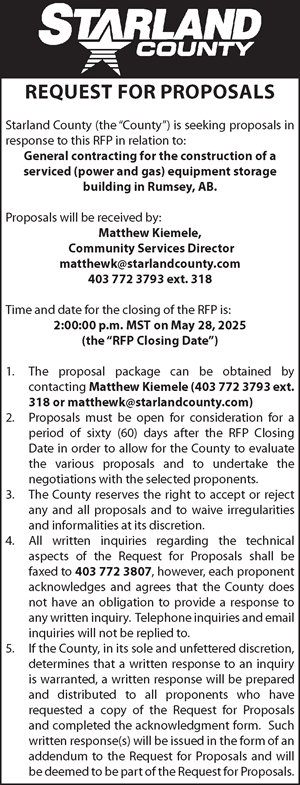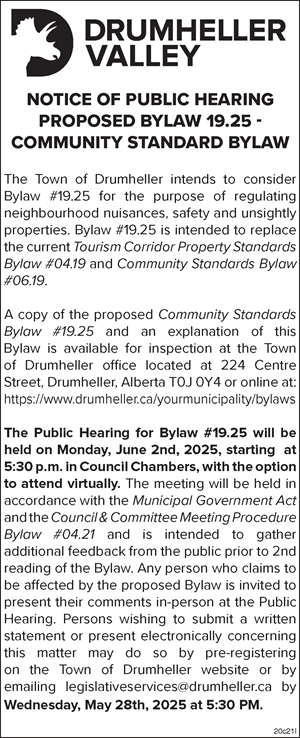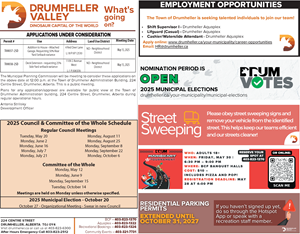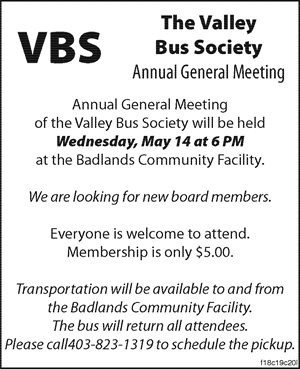
Dear Working Wise:
One of my long-time employees retired recently and left some big shoes to fill. It caused us a few headaches, because no one knew everything that he did. Do you have any tips on succession planning so I can avoid the headaches next time? Signed, Surprised Supervisor
Dear Surprised:
Succession planning helps employers retain critical skills and knowledge so that business can continue uninterrupted even as key employees leave. It also helps you retain promising young employees by letting them know that they have a bright future at your company.
Succession planning is especially important to small- and medium-sized businesses, because the critical knowledge and skills tend to be concentrated in just a few employees.
The number of mature workers—Albertans aged 55 and up—more than doubled over the last decade, from 177,000 to 370,000. Around 190,000 Albertans—approximately 10 per cent of our workforce—are expected to retire over the next decade.
Our aging workforce is making succession planning a critical human resources and business continuity function.
Alberta Human Services has developed a free guide for employers called Succession Planning: Retaining skills and knowledge in your workforce.
This guide goes into far more detail than I can, but here are some of the high points.
Succession planning identifies and develops employees to fill positions that are key to the organization’s success. It also helps retain valuable workers and lowers the costs of recruiting new talent.
Five steps of succession planning:
1. Profile your workforce (ages, roles, skills);
2. Identify key positions and skills;
3. Build job profiles for the key positions, including required knowledge, skills, and qualities;
4. Identify and assess potential successors;
5. Create plans that develop the skills of potential successors and transfer knowledge.
Once you have identified your organization’s key skills and knowledge, you need to find ways to share them with other staff. Retaining knowledge and passing it along to other is an essential part of succession planning.
Sharing skills and knowledge also helps you keep the doors open when key staff are sick or on vacation. And, it doesn’t have to cost a lot or take a lot of time either.
Knowledge-retention strategies include:
• Make ongoing learning a part of your workplace culture;
• Lead by example – share your knowledge and acknowledge your staff for sharing their knowledge;
• Set up one-on-one staff discussions between senior and junior staff;
• Encourage senior employees to mentor younger staff;
• Cross-train staff or rotate jobs;
• Hold post-project reviews: share learnings, what worked and what didn’t, etc.
• Create documentation: manuals, guides, procedures, project status reports, etc.
For more information on succession planning, read Succession Planning: Retaining skills and knowledge in your workforce. The guide is available on the ALIS website at http://alis.alberta.ca/pdf/cshop/successionplanning.pdf or by visiting your nearest Alberta Works Centre.
Good luck!
Do you have a work-related question? Send your questions to Working Wise, at charles.strachey@gov.ab.ca. Charles Strachey is a manager with Alberta Human Services. This column is provided for general information.





















